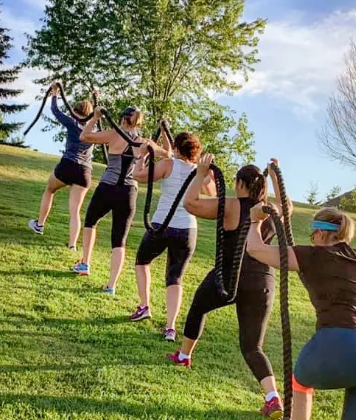
A capsule wardrobe is a lifesaver when you’re staring at a closet full of clothes and still feel like you have nothing to wear. It’s all about having the right, versatile pieces that you can mix and match for endless outfit options. If you want to take the guesswork out of dressing and streamline your closet, consider investing in these essential capsule wardrobe pieces. With these staples, you’ll always have the perfect outfit, no matter the occasion.
Key Wardrobe Staples
The Classic White Shirt
A white button-down shirt is a must-have in every wardrobe. It’s incredibly versatile, making it suitable for any occasion. Pair it with high-waisted jeans for a casual look or tuck it into a pencil skirt for a more polished, professional appearance. Its simplicity means it works well with just about anything, making it a perfect foundation piece for multiple outfits.
Basic Tees
A high-quality basic tee is a true wardrobe essential. These tees are the backbone of effortless style. Wear them with jeans, layer them under jackets, or pair them with skirts. Stick to neutral colors for maximum versatility, and you’ll have an easy, comfortable option for any look.
Cashmere Sweater
A cashmere sweater combines luxury with comfort. It’s soft, warm, and timeless, making it a piece you’ll reach for again and again. A neutral color, like beige, black, or gray, will blend seamlessly with other items in your capsule wardrobe, allowing for a variety of outfits.
Classy Cardigan
A well-fitted cardigan adds both warmth and style. It’s perfect for layering over almost anything, whether you’re lounging at home or heading out for a more formal occasion. A cardigan instantly elevates any outfit, providing a touch of elegance without overpowering the rest of your look.
Bodysuits (Long-Sleeve and Short-Sleeve)
Bodysuits are back in a big way. These pieces offer a sleek, seamless look that stays in place all day. They’re perfect for creating smooth lines, whether worn with jeans or tucked into skirts. Opt for long-sleeve bodysuits for cooler weather and short-sleeve ones for warmer days or layering under blazers and cardigans.
Denim Jacket
A denim jacket is a classic that never goes out of style. It pairs effortlessly with dresses, skirts, or pants, adding a cool, laid-back vibe to any outfit. It’s ideal for year-round wear, transitioning seamlessly from summer to fall, and it works just as well with casual outfits as it does with dressier pieces.
Trench Coat
A trench coat is the ultimate layering piece for a polished, chic look. Its timeless design makes it perfect for almost any occasion, adding sophistication to your outfit while protecting you from the elements. A neutral-colored trench will complement the other pieces in your capsule wardrobe, ensuring it’s versatile enough to wear year-round.
Little Black Dress (LBD)
No capsule wardrobe is complete without the iconic little black dress. Whether you’re dressing up for a formal event or pairing it with sneakers for a more casual vibe, the LBD is a reliable go-to for any occasion. Its simplicity allows for easy styling and ensures you’ll always have something chic to wear.
Pencil Skirt
A pencil skirt is an elegant, timeless piece that can take you from the office to evening outings. Its tailored fit and versatility make it easy to pair with blouses, sweaters, or even casual tees. A pencil skirt offers a sleek, flattering silhouette that’s perfect for any occasion.
Dark and Light Wash Jeans
Jeans are an essential part of any capsule wardrobe, and having both dark and light washes provides the ultimate flexibility. Dark jeans are perfect for more polished looks, while light wash jeans offer a more relaxed, casual vibe. Both options should fit well and flatter your body shape, ensuring you’re comfortable and stylish every time you wear them.
Black Leggings
Black leggings are a wardrobe staple for comfort and style. They can be dressed up with a tunic or sweater for a chic look or kept casual with a tee and sneakers. The stretchiness of leggings makes them incredibly comfortable, and the neutral color pairs well with nearly everything in your wardrobe.
Everyday Sneakers
A pair of sleek sneakers is a must in a modern capsule wardrobe. Sneakers add a sporty, casual touch to outfits, and they’re versatile enough to pair with everything from dresses to jeans. Choose a neutral color like white that will complement a variety of outfits, and you’ll have a go-to pair of shoes for any occasion.
The Power of a Capsule Wardrobe
A capsule wardrobe is not only about simplifying your closet—it’s about maximizing the use of key pieces that make dressing easier and more efficient. By curating a collection of wardrobe essentials, you can create numerous stylish outfits without feeling like you have nothing to wear. Each item should be versatile, functional, and timeless, ensuring you look stylish without the stress of overthinking your outfits.

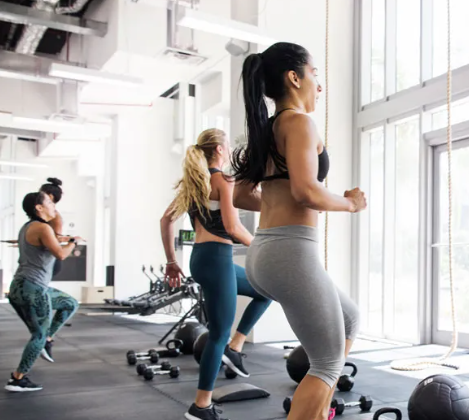
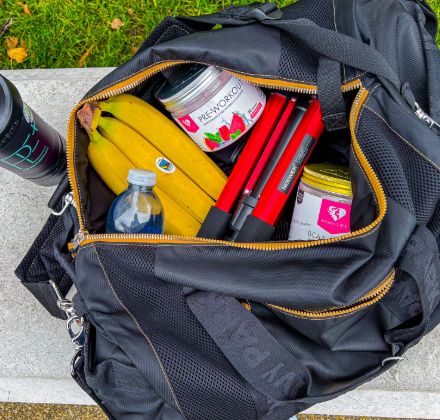






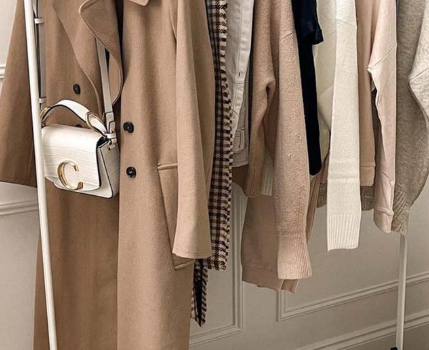
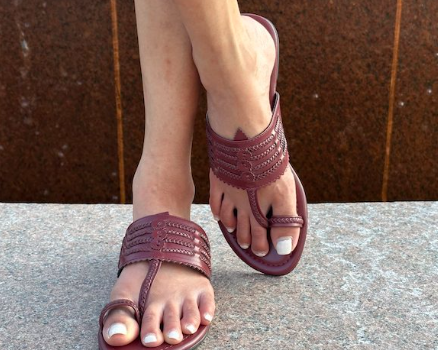
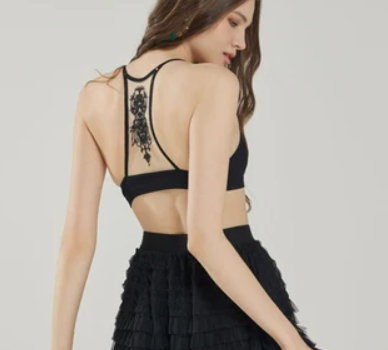
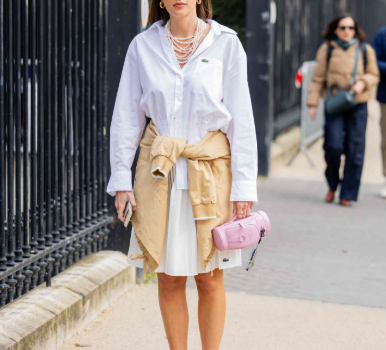
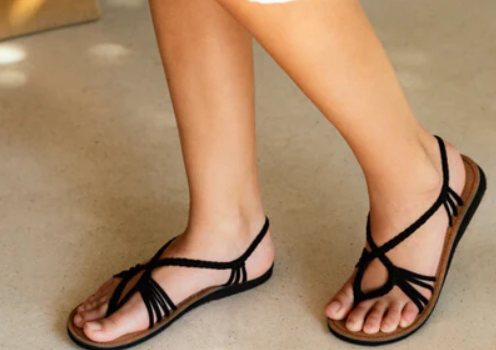
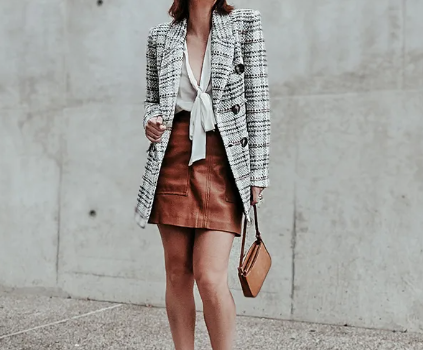
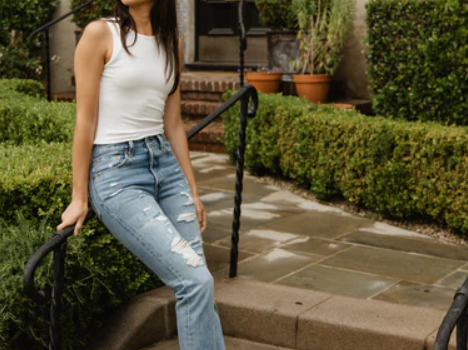
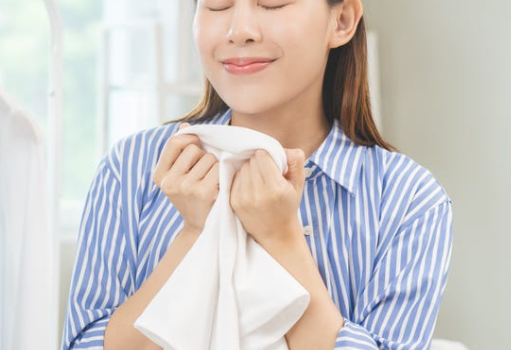
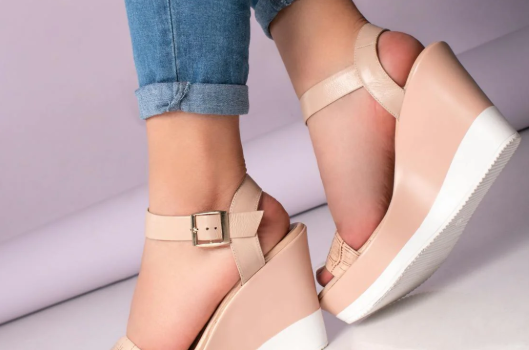
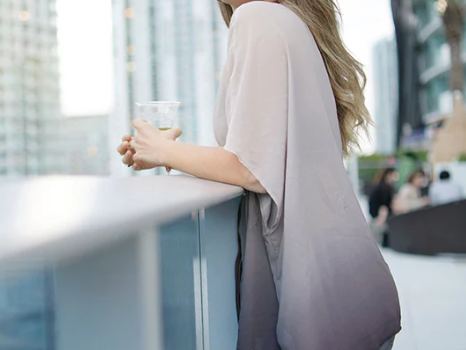

Comments
Pic of the week: Sunset at margate beach
The first day’s journey was through the pink fields
The first day’s journey was through the pink fields
The first day’s journey was through the pink fields
The first day’s journey was through the pink fields